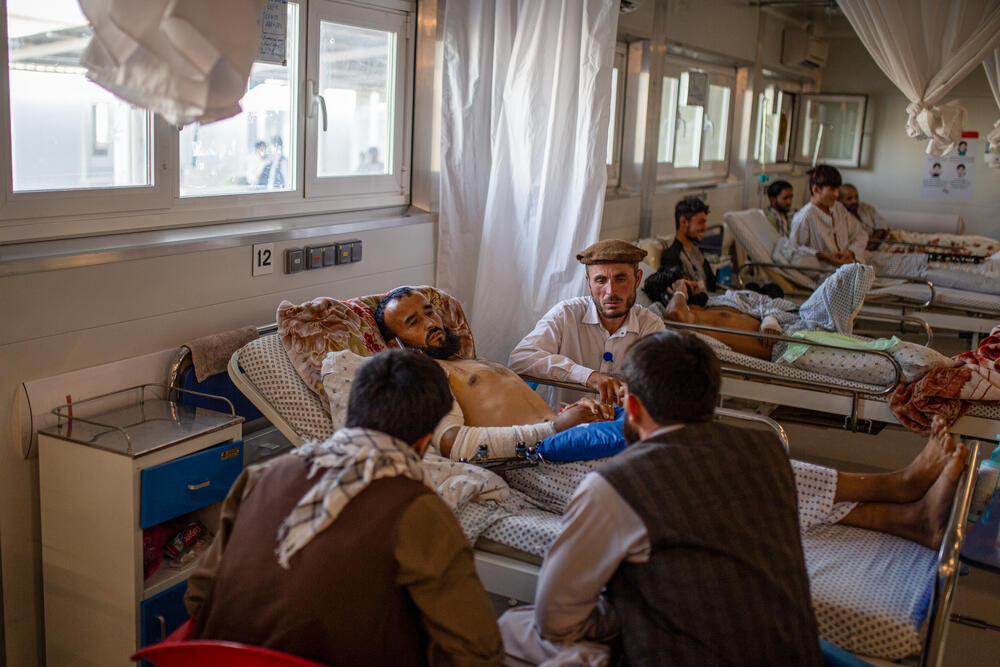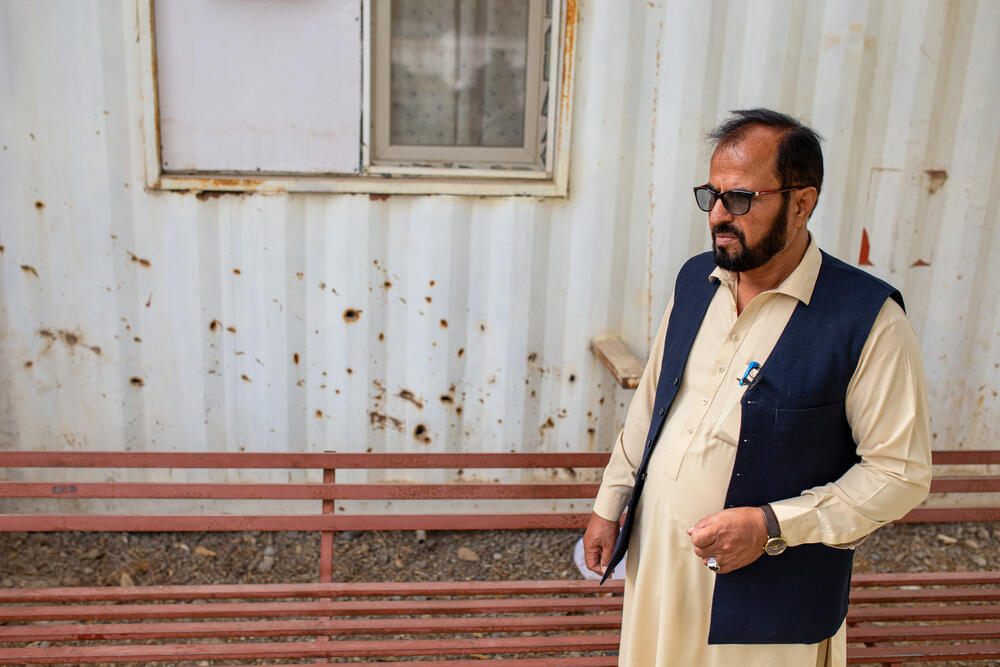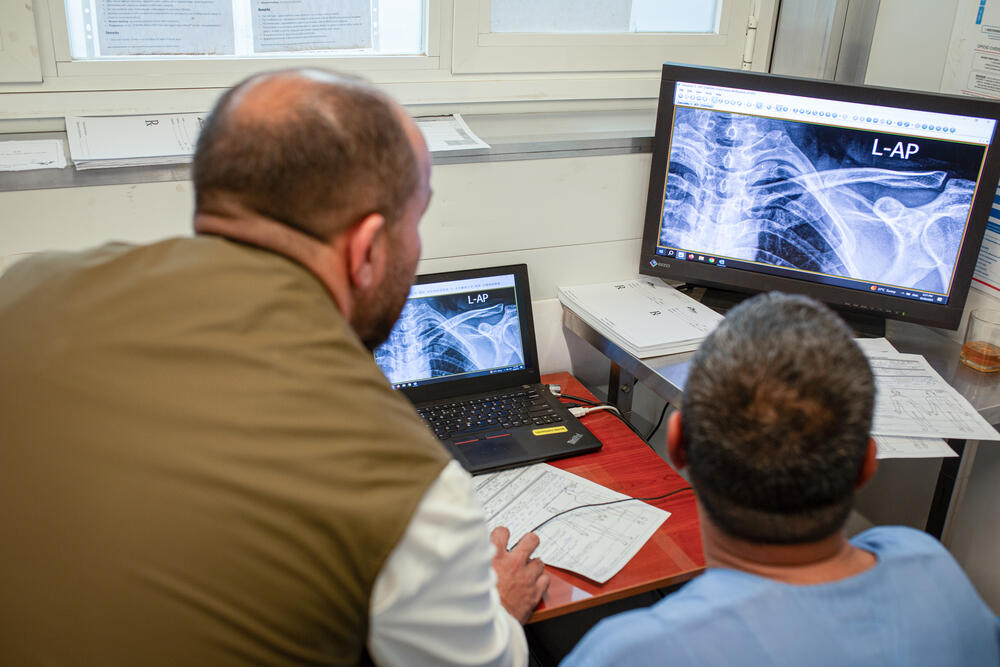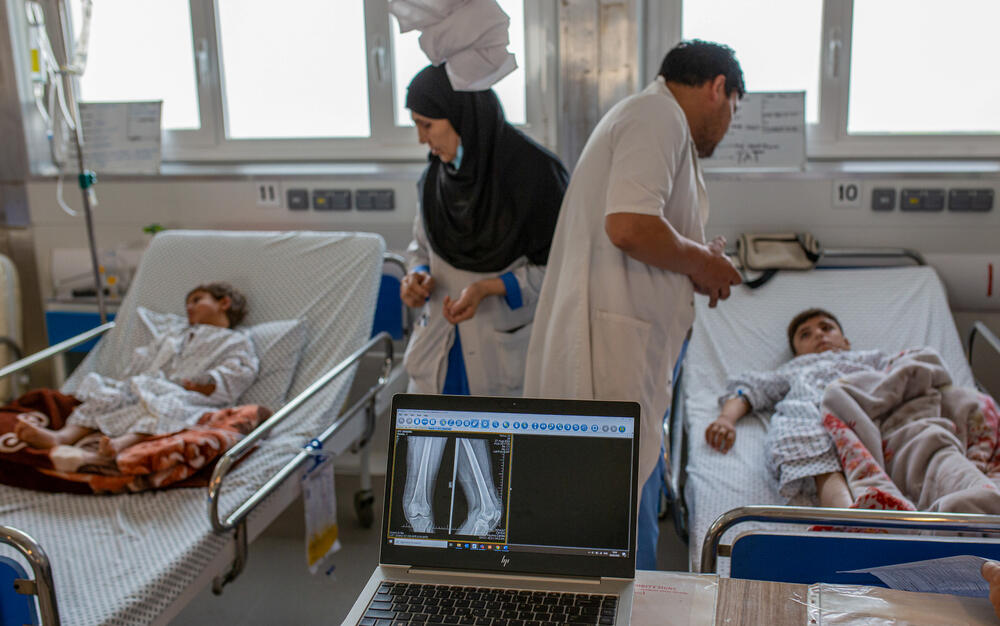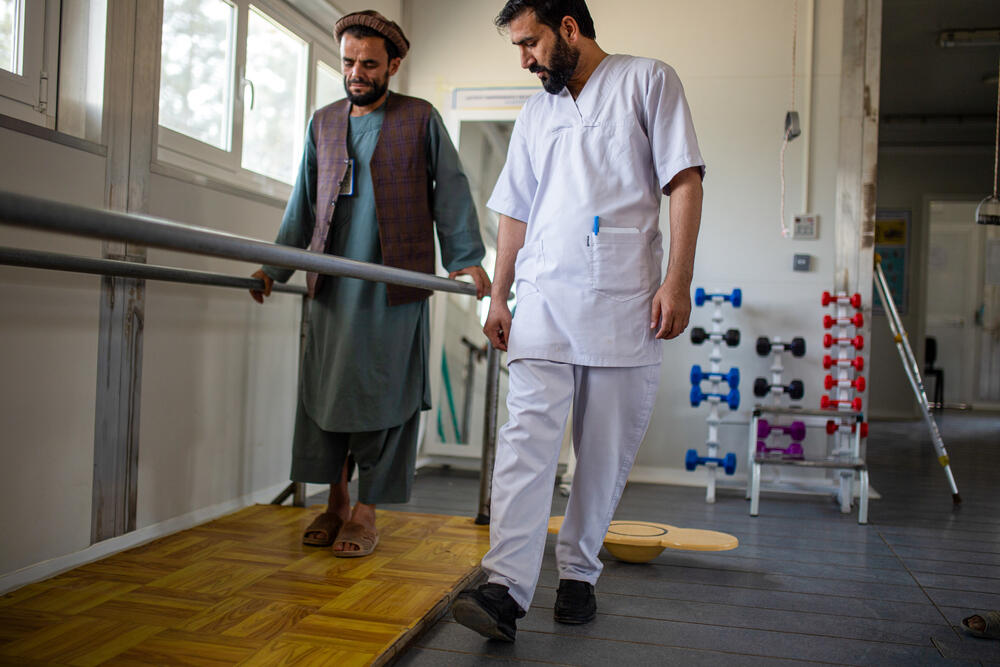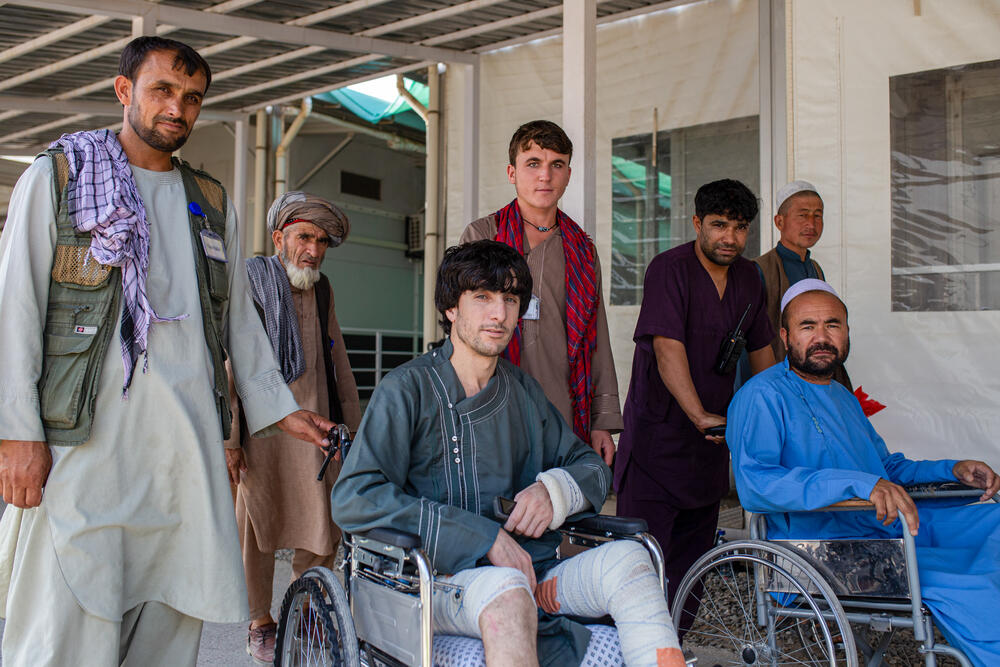Afghanistan: Kunduz 10 years on
2 October 2025
“My son was so badly injured, and I had no hope for his recovery as even his liver was torn to pieces,” says Fatima, the mother of a patient admitted to the Médecins Sans Frontières (MSF) Kunduz trauma centre, in Afghanistan, in July 2025. “The hospital did all they could to help him recover, taking care of him day and night. I’m thankful for the fact that we have this hospital.”
Almost ten years previously though, during the night of 3 October 2015, for over an hour, the Kunduz trauma centre came under intense and prolonged US airstrikes. The main hospital building, which housed the intensive care unit, emergency rooms, laboratory, x-ray, outpatient department, mental health and physiotherapy ward, was hit with precision, repeatedly.
Help us provide vital medical care to those who need it most.
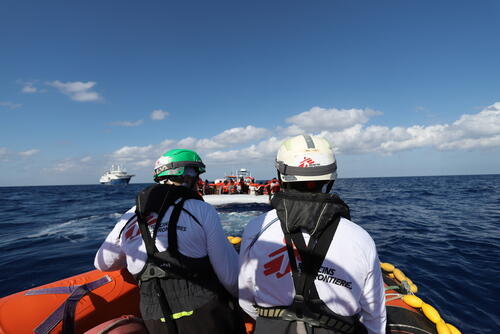
When the fire was out, the dust had cleared, and contact has been established with survivors, 42 people were dead, including 24 patients, 14 MSF staff, and four patient caretakers. Patients had burned in their beds, people had been decapitated or lost limbs, others had been shot from the air while trying to escape the burning building. To date, this is the deadliest attack that has been perpetrated against one of our facilities.
Dr Sayed Hamed Hashemy who was working as a surgeon in one of the operating theatres on the night of the attack, visited the hospital two weeks after the bombing. He described what he saw: “Everything was burned,” he says. “The operating theatre where I had been working on the night of the attack had holes in its ceiling and walls. Oxygen bottles and the operating table were lying in pieces. Time had frozen: you could sense the moment when everyone had stopped working.”
Paint had blistered and peeled off the walls from the heat of the flames, grotesquely distorted pieces of metal mixed with debris on the floor, and the roof was open to the sky in places. MSF’s medical activities in northeast Afghanistan had ceased.
What was destroyed?
The MSF project in Kunduz started in August 2011 as a 55-bed hospital. We provided urgent surgical care and follow-up treatment for people with trauma injuries from bomb blasts, shrapnel, and gunshot wounds due to the ongoing conflict. Before the hospital opened, people in the region suffering from severe injuries were forced to make long and dangerous journeys to Kabul or Pakistan, or visit expensive private clinics. Once up and running, the facility quickly grew to 70 beds, and by 2015 it was a 92-bed facility. The Kunduz hospital was the only specialised trauma centre in northern Afghanistan.
In September 2015, the fighting in Kunduz had intensified as Taliban forces entered and eventually took control of the city, only to later lose it again a few weeks later. The hospital was on the frontline and was inundated with wounded; we increased the number of beds to 110, and then 150. There were so many patients by the end of the month that they were being treated in offices, in examination rooms, and were being stabilised on mattresses on the floor. Throughout this time, the trauma centre remained open, even as control of the city shifted.
“We were immensely proud to treat everyone – women, men, children – regardless of their ethnicity or political affiliations,” says Dr Esmatullah Esmat, who survived the attack and is today working as deputy project medical adviser for the Kunduz trauma centre.
After the attack, with the hospital largely destroyed and no longer operational, access to emergency healthcare was significantly reduced for thousands of people at a time when they needed it most. It took more than a year for MSF to start providing medical care again in Kunduz city, and even longer to re-start trauma care. In the intervening period the Kunduz regional hospital worked hard to try and fill the gap.
MSF continued to support the District Advanced Post (DAP) in Chahardara district (another district of Kunduz), which was in opposition-controlled territory. Nurses provided immediate care to patients who were wounded or injured, but referral to Kunduz trauma centre was no longer possible. Only basic care was available, and a lifeline was cut.
What came next?
MSF as an organisation needed to understand what had happened and process the loss of patients, friends, and colleagues. The attack had occurred despite MSF sharing the GPS coordinates of the hospital with the US Department of Defense, the Afghan Ministry of Interior and Defense, and the US Army in Kabul. In the aftermath, despite discussions with US and Afghan authorities at all levels, MSF was not satisfied that an independent, impartial investigation could be carried out by the parties involved. Given this, we asked for the International Humanitarian Fact-Finding Commission to undertake an independent investigation. However, without the agreement of the US and Afghan governments it could not proceed. In November 2015, we released our own internal review.
In January 2017, MSF decided to move ahead with building a new trauma hospital at a different site in the city, and once the land was obtained and demined, construction started in late 2018. In parallel, in July 2017, MSF opened a small outpatient clinic in Kunduz for people with minor trauma-related wounds and injuries, but it unfortunately closed in April 2020 during the COVID-19 pandemic and did not reopen.
When fighting intensified in Kunduz in 2021, MSF teams still waiting for the construction of the new facility to be complete, set up a temporary 25-bed trauma unit in their office to treat the war-wounded. Finally on Monday 16 August 2021, MSF moved all the patients from the makeshift trauma unit to the new Kunduz trauma centre. In the words of one of the medics working there at the time: “We’re doing our medical work while the construction is still going on, but the speed at which all the construction team and others are fixing things is quite amazing.”
As calm took over the city with the end of the fighting, the types of care patients needed began to change. Instead of gunshot wounds and bomb blasts, the team saw road traffic accidents as people felt safer to move around. These changes have continued; in 2023 an antimicrobial resistance stewardship programme started and burn care activities were introduced in 2025.
Kunduz trauma centre today
The new Kunduz trauma centre exists today in a country no longer at war but struggling with myriad other challenges. The centre boasts an emergency room, an intensive care unit, inpatient and outpatient departments, operating theatres, and space for physiotherapy.
The trauma centre has 79 beds and provides comprehensive care for patients with trauma injuries from falls, traffic accidents, unexploded ordnance, and more. Between January and June 2025, we saw 10,253 patients in the facility’s emergency room and 3,197 surgical interventions were performed.
“Kunduz city today is different from Kunduz city in 2015, just as the nature of the trauma injuries have changed,” says Emilie Buyle, MSF’s project coordinator in Kunduz. “But one thing that will never change, is that as MSF we treat everyone according to their medical needs. We do not distinguish based on a patient’s race, gender, ethnicity, religious beliefs or political affiliation.”
MSF in Afghanistan
Médecins Sans Frontières/Doctors Without Borders (MSF) provides emergency, paediatric and maternal healthcare in Afghanistan, which has one of the highest maternal mortality rates in the world.
